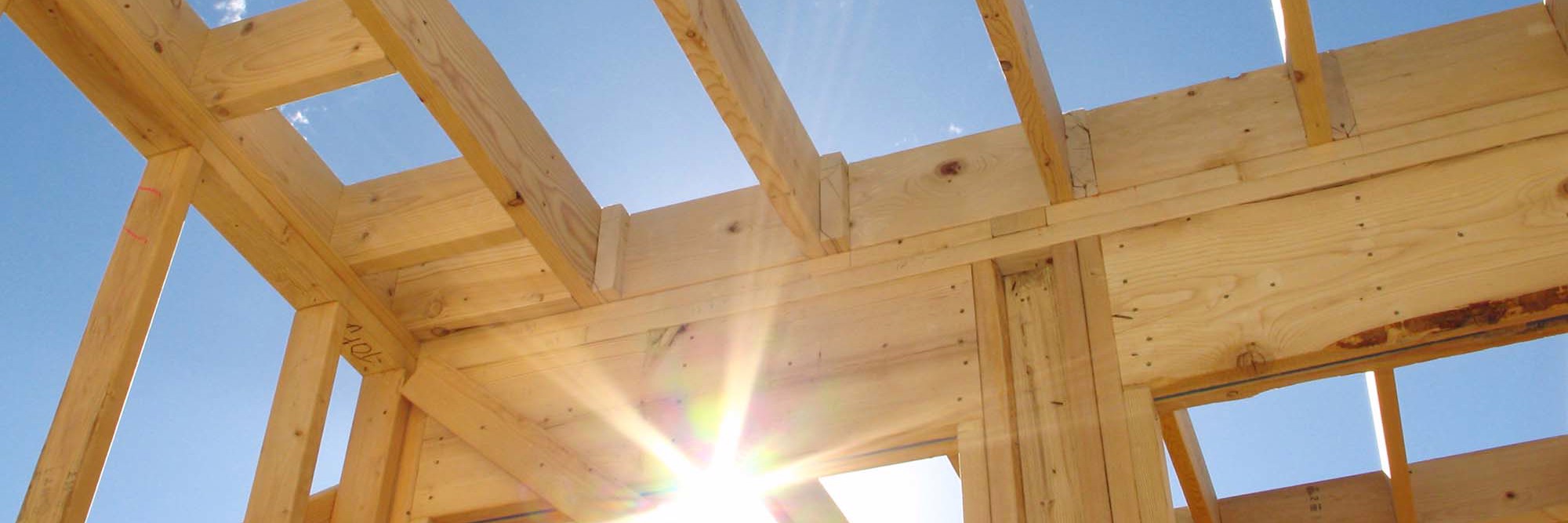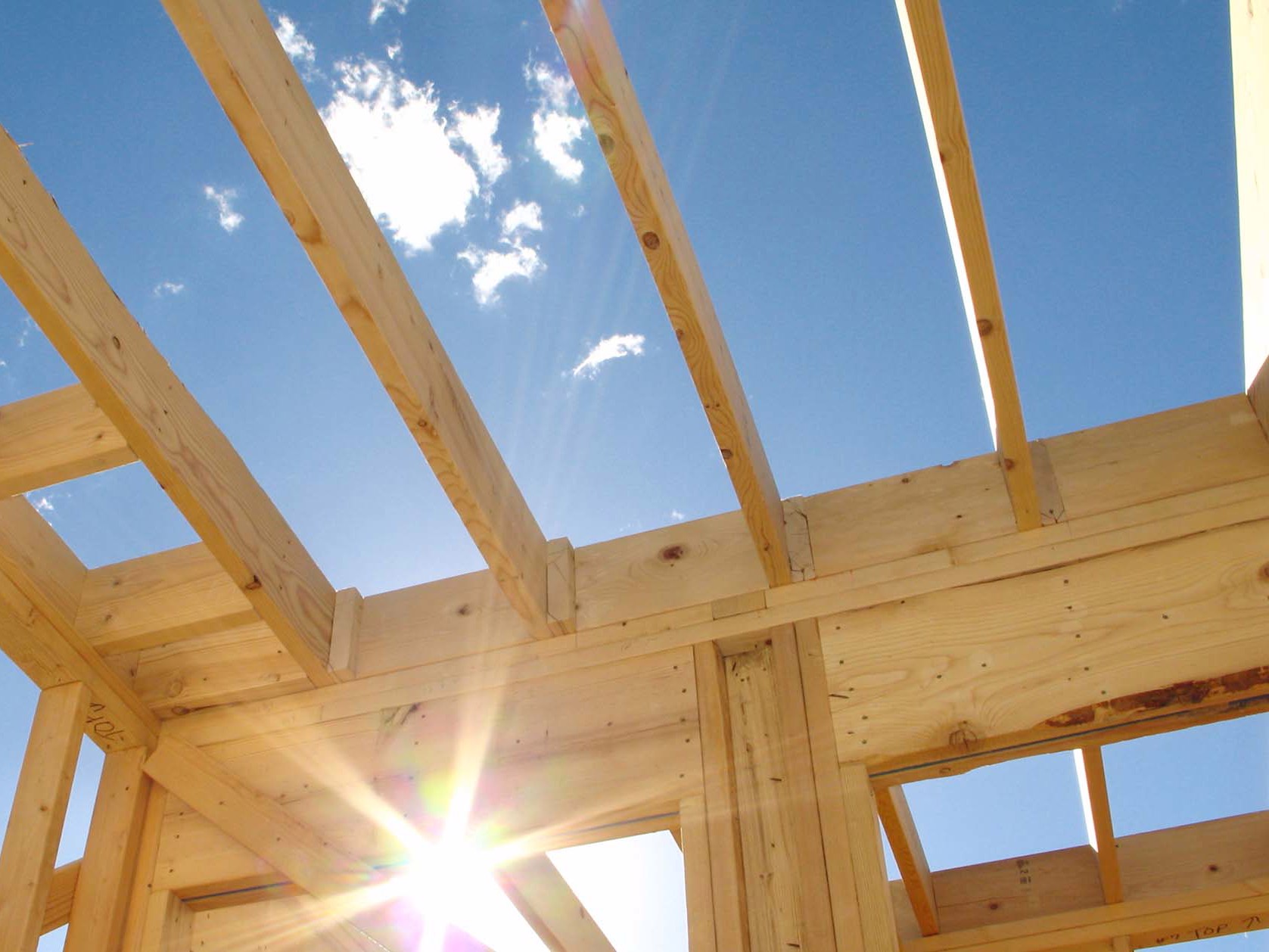The Ministry of Business, Innovation and Employment (MBIE) released its briefing for the incoming Minister for Building and Construction, the Hon Chris Penk MP (Minister) last week. Briefings for incoming ministers are produced by government departments following a change of government.
MBIE has identified four priority areas to improve the sector’s efficiency and resilience, largely based on work programmes already commenced, which we summarise below. These priorities appear consistent with our experience of the challenges facing the construction sector, particularly the need for regulation to keep pace with innovation. If you’d like to discuss the strategic issues facing the industry in more detail, please get in touch with one of our experts below.
Background
The Briefing’s purpose is to provide background information on the Building and Construction portfolio, give initial advice to the Minister on strategic issues facing New Zealand’s building and construction sector, support the Minister in implementing the Government’s priorities, and identify key areas in the portfolio where policy settings could be improved [1]. The Building and Construction portfolio oversees the institutions and markets involved in the construction and maintenance of vertical infrastructure (i.e. commercial and residential buildings) [2]. It does not include horizontal infrastructure, which falls under (among others) the Infrastructure and Transport portfolios.
The Briefing notes the construction sector remains key to New Zealand’s economy. For the year ended June 2023 it employed 308,900 people (10.6% of the national workforce) and contributed $19.5b to New Zealand’s GDP (7% of total GDP) for the year ended March 2023 [3]. Material shortages caused by supply chain disruptions in 2022 have largely been resolved, and the significant price increases for building products have levelled off [4]. While high interest rates and inflation have reduced the volume of new building work (which has been partially offset by the North Island extreme weather event rebuild), overall building activity is expected to stabilise as these factors subside [5]. Further, despite significant growth in the sector in recent years, there remains a national housing and infrastructure deficit that will likely sustain demand for new building activity [6].
Priorities
The briefing identifies several issues with New Zealand’s building regulatory system, including that [7]:
- Competition for key building supplies is not working as well as desired.
- There is low systemic resilience to external shocks, such as supply chain and labour disruptions caused by COVID-19.
- Building Code requirements have not kept pace with new knowledge about risks and opportunities.
- Climate change is not being fully factored into requirements for new buildings or considered for its impacts on existing buildings.
MBIE recommends the Minister focuses on four priority areas within the Building and Construction portfolio to improve the sector’s efficiency and resilience.
Priority One: Creating a more efficient and productive building system
-
Efficient building regulatory system: MBIE undertook public consultation on how to improve the building consent system from June to August 2023. MBIE recommends that it focuses on developing advice for short-term initiatives and long-term systemic changes in the consent system; and continue to reform the regulation of key sector participants, including introducing a new regulatory regime for engineers (involving mandatory registration) and improving the legislative regime for Licensed Building Practitioners, plumbers, gasfitters and drainers, and electrical workers [8].
-
Innovation and competition: Following the Government’s commitment to improving competition in the building sector and the Commerce Commission’s market study into residential buildings products, MBIE recommends it progresses advice on new legislation for approving building materials and product systems that meet international standards equivalent to New Zealand’s, continues to identify and update pathways to comply with the Building Code, and update and streamline compliance information and guidance [9].
Priority Two: Improving climate change resilience and reducing building-related emissions
-
Adaptation and resilience: MBIE recommends it continues its work under the National Adaptation Plan (NAP), focusing on reviewing the Building Act 2004’s natural hazard provisions and approach to resilience and climate change adaptation, amending the Building Code to ensure new buildings are constructed to better withstand extreme climate events, and identifying options for improving climate resilience in existing buildings [10].
-
Reducing emissions and improving energy efficiency: The Government has committed to supporting BRANZ to work with the sector and encourage building standards to reduce environmental impact and greenhouse gas emissions. MBIE recommends that it progresses advice on regulatory and information measures to complement the Emissions Trading Scheme (ETS) price signal, focusing on energy performance and waste minimisation requirements, regulatory requirements for emissions reduction in new buildings, and addressing non-regulatory barriers to change [11].
Priority Three: Effectively managing seismic risk
-
MBIE recommends that it focuses on supporting owners to remediate their buildings in accordance with the earthquake-prone building system, investigate what tools and resources owners can use to manage seismic risk effectively and proportionally for existing buildings, and consider what changes could be made to new building standards to account for scientific developments in understanding seismic risk [12].
Priority Four: Strengthening fire safety
-
MBIE is investigating several options to strengthen fire safety requirements in boarding houses and across the sector, including potential amendments to the Building Code and its supporting documents [13].
References
- At [3].
- At [17].
- At [19]–[20].
- At [24].
- At [24].
- At [27].
- At [37].
- At [39]–[43].
- At [44]–[52].
- At [53]–[57].
- At [58]–[65].
- At [66]–[74].
- At [75]–[76].
This article was co-authored by William Turner, Solicitor, and Oscar Read, Law Clerk, from our Construction and Infrastructure team.







